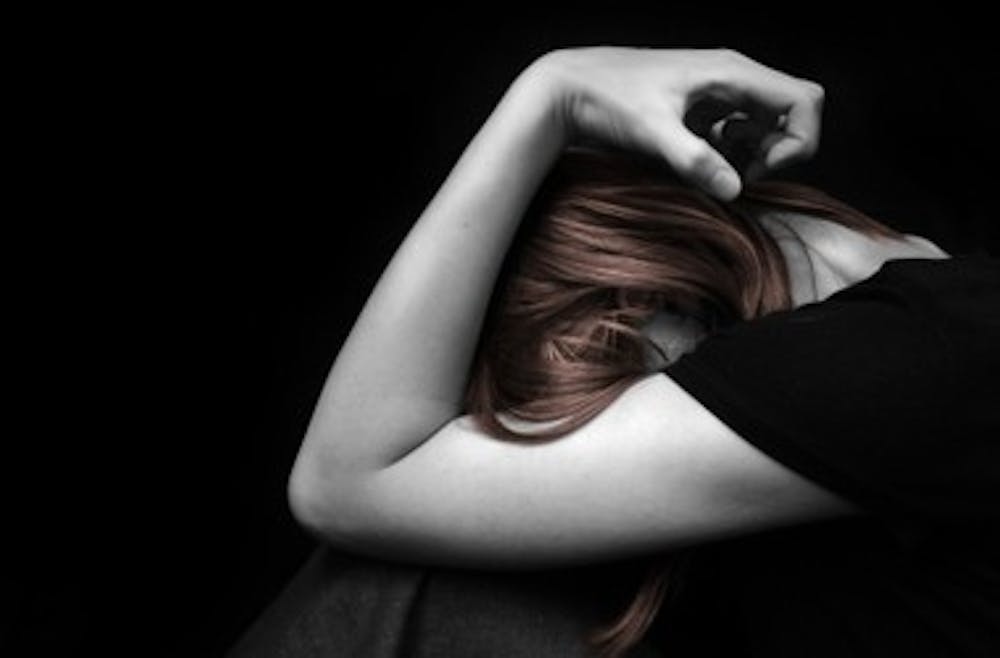When the sky turns that specific shade of milky winter gray, the sun sets at 5pm and a deep chill creeps in, even in South Carolina, hibernation begins to look like a great alternative to suffering through the cold months. Naturally with inclimate weather, people spend less time outdoors, become less active and prefer a night at home with Netflix to a night out on the town. But, for some people, these reclusive tendencies may be more than just the winter blues.
Seasonal Affective Disorder (SAD) or Seasonal Depression is a mood disorder that makes people with normal mental health experience depression-like symptoms. Typically, SAD symptoms appear in the fall/winter months but in some cases appears in the spring/summer months. According to NYU Langone Medical Center, up to 25% of the population may suffer from a mild version of SAD and perhaps 5% experience a full disorder. Unfortunately, there isn’t a specific medical test that can be performed to determine a diagnosis. Tracking your moods and behaviors and talking to your physician about persisting symptoms is the first step. The Diagnostic and Statistical Manual of Mental Disorder has three criteria that must be met for a true diagnosis:
1) Depression and other symptoms must be experienced for at least two consecutive years during the same season every year.
2) The periods of depression are followed by periods without depression.
3) There are no other explanations for the mood and behaviour changes.
Causes
According to the Mayo Clinic, causes of seasonal depression are largely unknown and most likely depend on some combination of your genetic makeup, age and natural chemical levels in the body. Two major contributing factors are believed to be the reduced amount of available sunlight as the days shorten and a general change in season, specifically how these changes affect biological shifts in your body. The Mayo Clinic cites the reduced sunlight for causing a disruption in the body’s circadian rhythm which is the function responsible for regulating your internal clock and alerting your body when to be awake and when to be asleep. Changes in your brain’s melatonin levels could be another factor affecting your sleeping patterns. Melatonin is a chemical in the brain that helps to regulate the sleep-wake cycle and cause drowsiness. Fewer hours of daylight and a disrupted sleep cycle can mean an overproduction of melatonin, leaving you feeling tired. A second brain chemical suspected to be affected by reduced daylight is serotonin. In the brain, serotonin works as a neurotransmitter, helping to relay information within the brain. This means information about moods, desires and body functions.
Risk Factors
Certain risk factors are associated with being predisposed to SAD. First, being a female. Generally, severe SAD symptoms are four times more common in females than in males. Second, living farther away from the equator which means shorter days during the winter months. And third, a family history of depression and other mental disorders, which can make you predisposed to shifts in your mental state. There are many options available, both medical or at-home remedies, to combat SAD and its symptoms. Speaking with your physician is advised to pursue remedies for serious cases and before investing a lot of money into home remedies.
The real danger from SAD stems from it’s negative side-effects on the quality of daily life. Exhibiting antisocial behavior can compromise relationships and your school or work life. In more serious cases, the depression can lead to substance abuse and suicidal thoughts. Luckily, the number of people with a full diagnosis of Seasonal Affective Disorder is small compared to the number of people who may exhibit mild SAD symptoms and the general winter blues. Alas, in today’s world, where the only thing that shuts down during the winter is new episodes of our favorite TV shows, it’s better to be pro-active in maintaining a happy and healthy life during the grey winter months.
Pulled out for an infographic: (See illustration attached)
Get Outside
Spending more time outside is last on everyone’s to-do list in the winter, but exposing yourself to direct daylight and fresh air is believed to alter and improve mood-lifting brain chemicals. The blue light found in daylight helps to suppress melatonin, the brain chemical that makes you feel sleepy.
Exercise
Exercise, which can be dreadful during any season, has incomparable positive benefits on both mental and physical health. Even a short 20 minute workout in the living room will help brighten your day.
Supplements
St. John’s wort, Melatonin and Omega-3 supplements are popular remedies for SAD symptoms.
Medications
Antidepressants are a treatment option for those experiencing severe symptoms. See your physician to discuss this option and get a prescriptions as these are not available over the counter.
Light Therapy
Special light lamps are made to mimic outdoor light and cause a change in chemicals related to mood. Treatment consists of sitting in front of the source periodically throughout the day. It is important to get a light made specifically to combat SAD and one that doesn’t produce UV light which is harmful to your health. (Available for around $70 -$150.)
Psychotherapy
Seemingly unrelated to directly altering brain chemistry, psychotherapy can help you gain control over negative behaviors and thoughts.
Diet
Craving carbs and sweets in the cold isn’t new for most people, only supplemented by the availability of holiday treats. Eating carbs is your body’s way to combat a depressed mood, as these foods produce more serotonin, known as the “feel good” hormone. Eating a balanced and nutritious diet will help to keep your moods stable and regulated.



